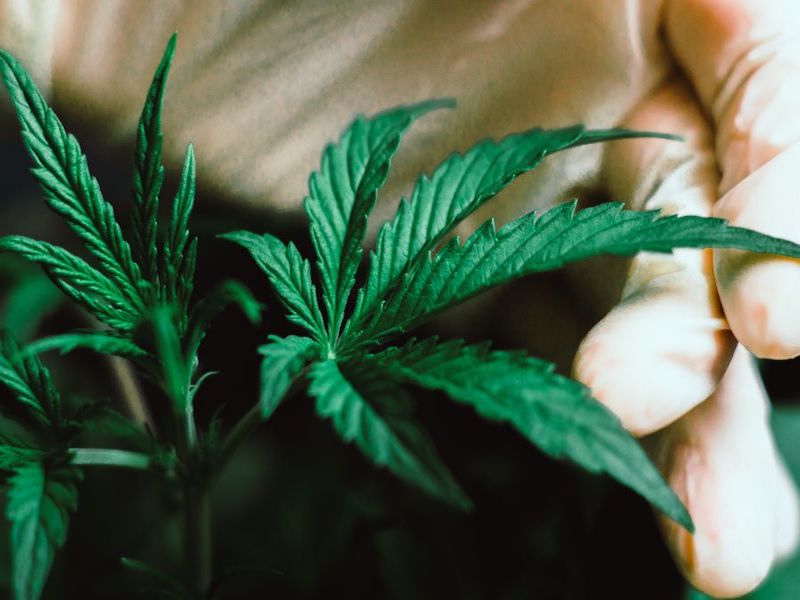

Since recreational cannabis was legalized across Canada six months ago, related workplace problems have mainly been notable by their absence.
“It’s been a surprising lack of significant issues arising in the workplace,” said Angelo Tsebelis, president at Starseed Medicinal Inc., during a panel at Benefits Canada’s 2019 Benefits and Pension Summit in Toronto on Wednesday.
This is partially because, for the most part, people who wanted to use cannabis were already doing so before it was legal, he said. As a result, legalization hasn’t changed their habits dramatically, whether it be in or out of the workplace.
Read: A roundup of benefits, HR and legal considerations around legalized marijuana
While there’s still a stigma around cannabis, access has never been the real issue, noted Gregory Clooney, senior legal consultant at Morneau Shepell Ltd.’s governance, legal and compliance consulting practice. “The floodgates have been wide open for a long time.”
But there are certainly workplace issues to address, and they need to be tackled case by case, he added.
Ideally, policies on cannabis, just like other legal drugs, should be focusing on whether people are showing up fit to work, said Clooney. Cannabis isn’t the only substance this applies to and fatigue could even be categorized similarly in the sense that it poses serious potential for impairment.
Read: More guidance on substance use policies required as pot legalization nears: report
Employers also need more education around cannabis users, since the negative stereotypes aren’t helpful, said Clooney. It’s important to understand the experience of using any substance can be different for each individual and employers should engage in a dialogue with employees so their policies are directly applicable to their specific workforces.
Cannabis consumption can happen in moderation, noted Tsebelis. “The idea that every time you consume cannabis you’re seeking some ultra high just isn’t the case. Cannabis isn’t all about intoxication.”
While many employers are taking a wait-and-see approach to implementing or changing workplace policies, organizations should be actively watching how cannabis is potentially affecting their workforce, rather than taking a duck-and-cover approach, seeking to avoid the issue entirely, noted Clooney.
Read: 65% of Canadians would take cannabis if covered by insurance
“It’s never too late,” he said. Once a policy is in place, he added, employers shouldn’t leave it on the shelf, but revisit it every once in a while and treat it like a living document.
As far as how recreational use coexists with medicinal use, there’s been a flurry of activity among product providers but not massive uptake from plan sponsors yet, said Ned Pojskic, leader of pharmacy and health provider relations at Green Shield Canada.
If employers choose to provide medical cannabis coverage, they need to think about the best way to do so, said Pojskic, noting a health-care spending account isn’t a good way to cover it. Instead, employers should be treating it more like a pharmaceutical and one option in a suite of potential drugs to treat a particular condition, he added.
Read: WSIB policy on medical cannabis takes effect
There’s also the issue of people abusing the benefit, said Pojskic. “You can use cannabis for basically anything.” In that context, employers should make sure they’re thinking logically about what ailments it makes sense to provide medical cannabis coverage for, he noted.
“There’s still a lack of evidence that cannabis works as a pharmaceutical,” added Tsebelis. However, there are plenty of options in benefits plans that lean more towards general wellness — such as massages — that aren’t strictly pharmaceuticals either, he said.
“The main difference between cannabis and a massage is that a massage doesn’t impair you,” noted Clooney.
However, in some cases cannabis can mitigate impairment, according to Tsebelis, noting using certain cannabinoids could be an excellent alternative to opioids where pain management is a concern. Construction workers, he said, have a particularly high rate of abusing the opioids they begin taking because of the gruelling physical nature of their work.
Read: Workplace safety leading HR issue as marijuana legalization approaches: HRPA
Regardless of the situation, plan sponsors need to understand few clinical trials have been completed to support using cannabis to help with specific medical problems, said Pojskic. Cannabis can’t solve every issue and, while there’s certainly anecdotal evidence that cannabis use can reduce opioid use, there isn’t broad data-based evidence to back that up, he said.
Overall, there needs to be a clear process in place, added Pojskic. Worries about employees getting phoney diagnoses in order to access medical cannabis for recreational use can be looked at like any other form of benefits fraud.
Ultimately, Canada is the top performer on the world stage as far as cannabis research and the validity of medical uses for the substance will become more and more solidified as the industry progresses.
“If you don’t do it in a controlled way, you might as well add wine and Jack Daniels to your benefits plan,” said Tsebelis.
Read: Tips for employers to prepare for legalization of recreational marijuana
